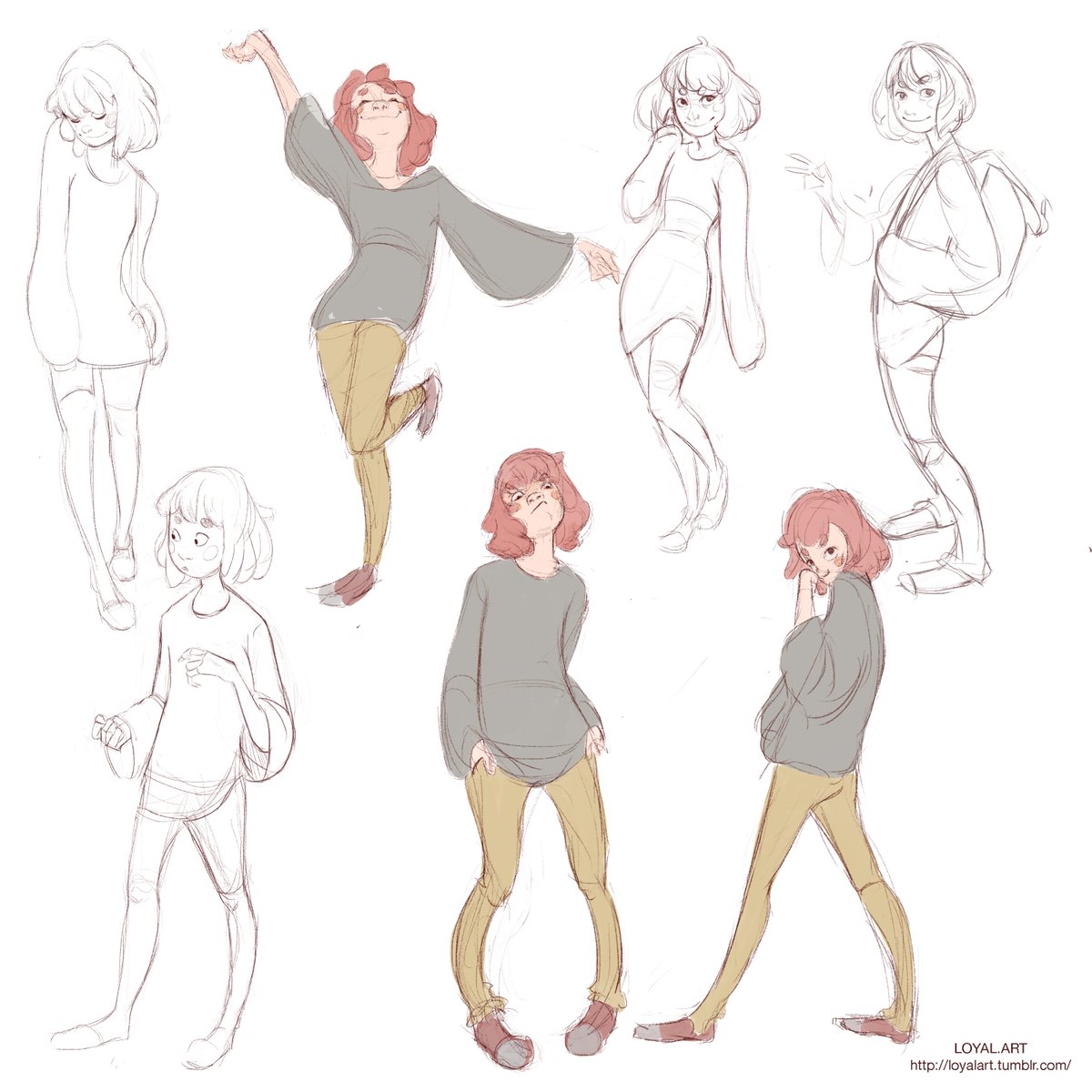
By practising dynamic pose drawing, you can take the next step in your artistic journey. These are all great tools to have in your illustrative arsenal.
#BODY SKETCH POSES HOW TO#
By adding life and movement to your image, you learn how to consider lighting, shadows, and the anatomy of the body more closely. Most of the words relate to the whole set of sketches, not just those directly above or below.If you’re sharpening your skills as an artist, dynamic poses also serve as an entry point to advanced drawing practice. Rather than discussing them individually, I’ll give the images in random order, with my thoughts interspersed. In this post I’ll share some of those fall 2010 sketchbook pages.

More recently, I’ve been using a smaller sketchbook, but when I looked back at the bigger ones I felt the fact that I could get multiple figures on a single page conveyed a sense of movement, of one pose flowing into the next, much more effectively than the smaller sketchbooks, where most of the poses are isolated one to a page. In the fall of 2010, I filled up two 18″ x 24″ (45.7 x 61 cm) spiral-bound sketch pads.

Sometimes I use a big sketchbook and sometimes a smaller one. I try different media, experiment with things like varying the scale or drawing shadows as contours, and I really don’t worry that some of the drawings fall flat or even crash and burn. I almost never exhibit or sell these pieces. I fill up a sketchbook every couple of months with the quick (one minute to five minute) poses from the life drawing sessions I attend regularly. Of course when there are two models and you try to draw both of them, one minute is just thirty seconds per pose! The first set was ten one-minute poses, three three-minute poses and one five minute pose. I planned the session in correspondence with Misa and monitored (supervised and timed) the session, with a selection of invited artists drawing. I had five sheets of 38″ x 50″ (97 x 132 cm) paper, using one for each 20-30 minute drawing segment, drawing flat on the floor with brushes and sumi ink. Since we were working in the very large performing space at the center, I took the opportunity to work in a large scale. Festival director, dancer and artist Misa Kelly asked me to help organize a life drawing session in the performance space preceding the dance performances, an event described in this blog post. Last May, the ADaPT (A Dance and Physical Theater) Festival, based in California, came to my neighborhood in Brooklyn, with performances at CPR (Center for Performance Research).
#BODY SKETCH POSES FULL#
The resulting sketches are rough and highly approximate in proportion, but they are lively and full of verve. The eye falls upon the subject and the marker lands upon the page, cascading with a swerving dash that closely follows the swoop of seeing. A glance of the eyes picks up the curve of an arm, for instance, and within a fraction of a second the hand holding the pen or brush or charcoal is imitating that curve. When the drawing has to be quick, I prefer an approach in which the marking is a direct response to the act of perception. These techniques, though, are quite useless in capturing a pose a model can only hold for a brief interval, and they do nothing to teach an artist to work with flow and rhythm to get the feeling of energy and liveliness into the work. They provide ways to achieve rigorous observation and accurate rendering of objects and figures. In this post I’ll share some recent speedy sketches made sometimes under difficult conditions.Ĭlassical academic drawing techniques, like those taught in Bargue and Gérôme’s Cours de dessin are analytical and methodical. Capturing the energy depends on immediate response and a complete lack of hesitation or dithering, even in cases where the artist has hours to study the model. When a model holds a pose for a period of time, the energy and intensity, inevitably, gradually drain from the pose.

So life drawing is quick drawing, and capturing the life force of the subject is done only with speedy, efficient marks.

Abruptness and rapidity are the qualities that exemplify aliveness. The word “quick” originally means simply “alive” as in the quick of the fingernails or the phrase about judging “ the quick and the dead” from the Apostles’ Creed. Quick poses are the very essence of life drawing practice.


 0 kommentar(er)
0 kommentar(er)
